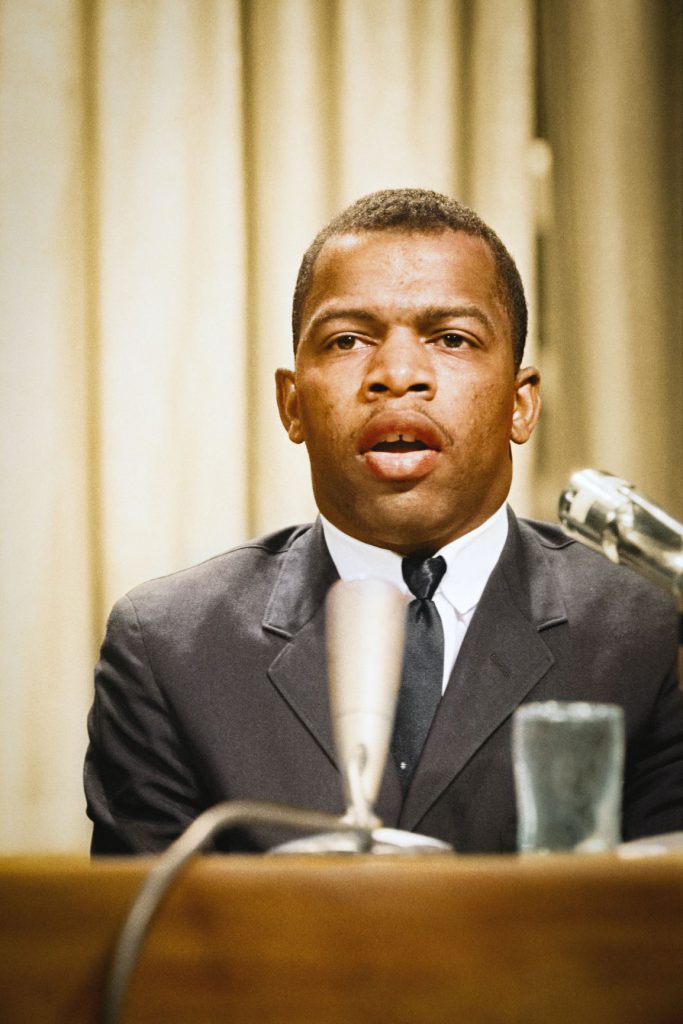As we enter the holiday season, perhaps many of you have seen the Black Nativity movie or play. So, here is the rest of the story…
On December 11, 1961, Black Nativity, a musical about the Christian origin story of the birth of Christ, was mounted on an Off-Broadway stage with an all-Black cast. It was originally titled Wasn’t It a Might Day? written by the well-known African-American poet, Langston Hughes. Hughes is perhaps best-known for his earlier work during the era known as the Harlem Renaissance (1920s). Hughes was born in Joplin, Missouri in 1902, and traveled around with his family much of his young life. While a teenager and young adult, he spent a year in Mexico followed by a year at Columbia University in New York City. During this time, he worked as an assistant cook, launderer, and busboy and then traveled to Africa, Europe and the Caribbean working as a seaman; all the while, writing poetry. He is also well-known for turning the blues and jazz rhythms into syntax in his writing, and became, for many newly arrived members of northern urban Black communities, a peoples’ poet.
Hughes died in 1967 and is one of the most prolific American writers of the twentieth century. He authored two autobiographies and published sixteen volumes of poetry, three short story collections, two novels, eleven plays, and nine children’s books. Interestingly, Black Nativity was the first all-Black play to be featured on Off-Broadway, and the first to mix Gospel with African drums and other motifs of diasporic Black culture. In a 2013 National Public Radio interview Rachel Martin stated that roughly a quarter million people had seen the Black Nativity play. Since then, it continues to be mounted throughout the US and in other parts of the world as part of annual Christmas holiday offerings, sometimes true to its original story but often reimagined to more contemporary times. In 2013, for example, Filmmaker Kasi Lemmons brought it to the big screen with actors Forest Whitaker, Jennifer Hudson and Angela Bassett. This musical put Hughes’ story into a modern tale of economic struggle with a young single mother and her teenaged son getting evicted. Staging Black Nativity has become a traditional season staple in many US cities, with Boston and Seattle, having mounted it every holiday season for fifty and twenty years, respectively.
Other than wanting to tell the story of Christ’s birth within a Black perspective, we have found little on why Hughes wrote Black Nativity; it is important that he did. While many people accept that one of the three kings who visited the Bethlehem manger where Christ was born was Black, few know why. It is important to note that Africans in the north eastern horn of Africa became Christians long before Christianity reached Western Europe. In fact, the Ethiopian (Axum) and Egyptian Kingdoms of the time, which included parts of what today is Sudan, adopted Christianity in significant ways in the third and fourth centuries AD. Most Christians in this part of the world continue to practice this, which is today known as Coptic Christianity.
Many Black people who grew up in the West do not know this history because Christianity was brought to the Americas by Europeans after 1492 AD, and most Africans that were captured and enslaved were from West Africa where indigenous African religions and Islam were the predominant spiritual practices. Notably, the African Methodist (AME) Church, founded in the late 1700s in Philadelphia began using Ethiopia as a touchstone part of their origin stories and began centering blackness. By the late 1960s, Black American theologians, led by the Reverend Dr. James Cone, began theorizing on what is now called Black Liberation Theology (BLT). BLT draws on Christianity’s African roots, but also on the principles of Liberation Theologians working with the poor in Latin America. Today, many Black ministers, although not all, practice Black Liberation Theology. Thus, Black Nativity has roots deeper than many know.
Wishing you Peace, Love, and Health during this Holiday season.
Regina Stevens-Truss, HHMI Inclusive Excellence + Chemistry department
Lisa Brock, ACSJL + History department


